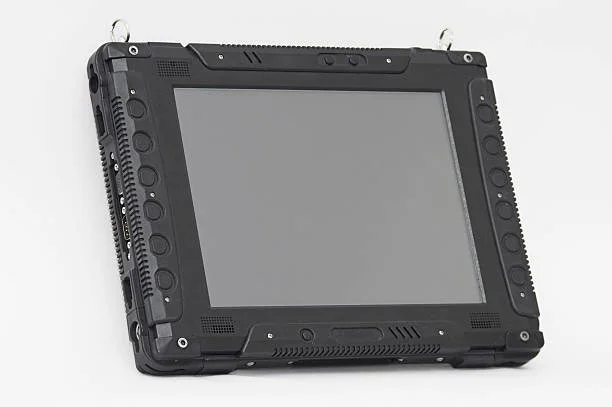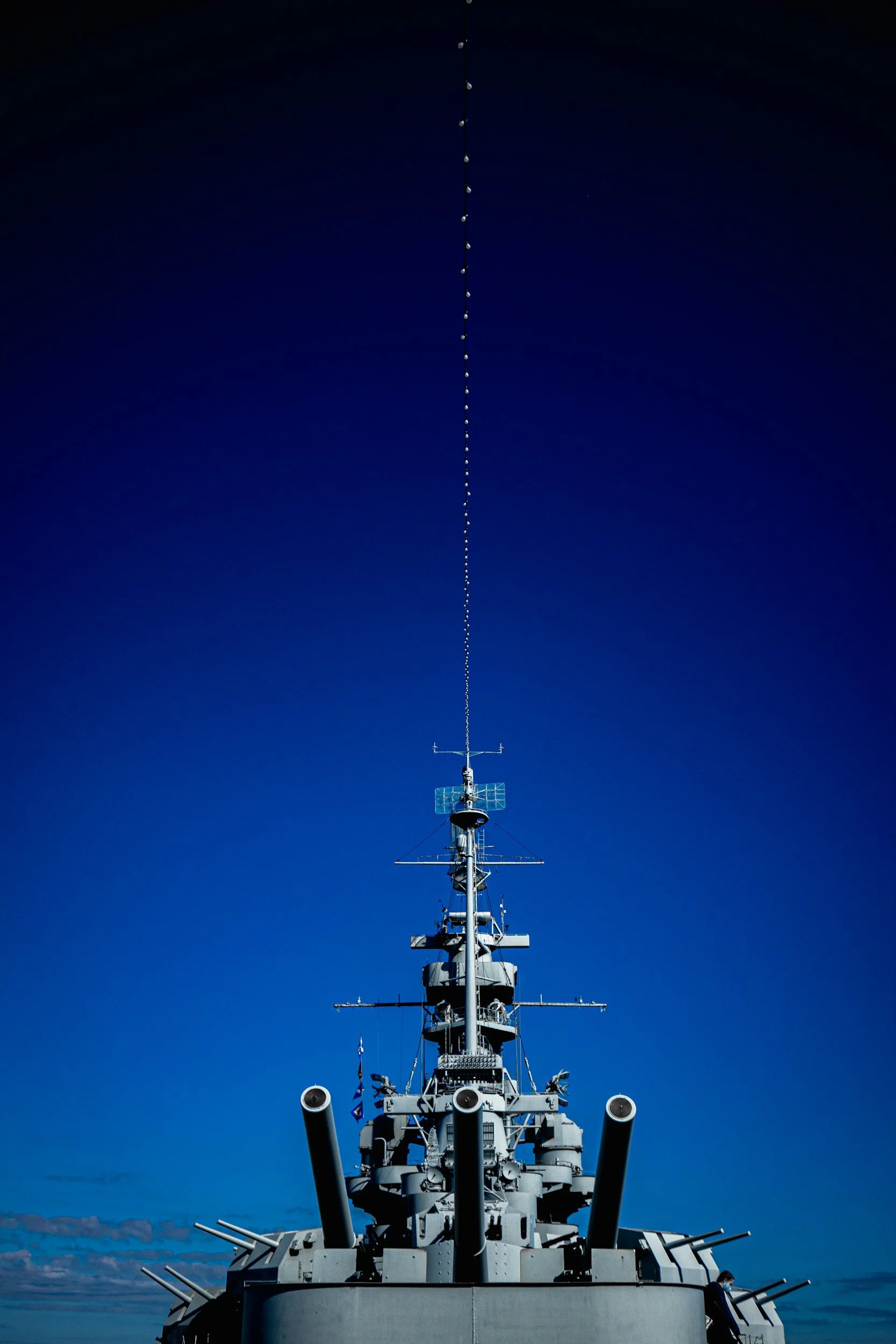High performance surface protection.
For when it matters most.
Oleophobic
Hydrophobic
Superhydrophobic
ViriDyn offers a robust family of coatings, nano-coatings, coating additives and custom formulations, including sustainable, PFAS-free materials. All ViriDyn prodcuts are RoHS and REACH compliant. Backed by 20 years of scientific expertise.
Filters and Membranes
Consumer Electronics
Medical Devices and Instruments
Printed Circuit Boards
Semiconductor Microchips
Ruggedised Electronics
Telecom
Critical Sensors
Aerospace
ViriDyn’s products have applications across the telecom, aerospace, consumer electronics, defence, medical, and semiconductor industries.
Contact us to learn more about bespoke formulations or for help with product selection.
Superhydrophobic
-
A super-hydrophobic surface has a contact angle to water that is >150 degrees. The contact angle for water on smooth solids cannot exceed approximately 130°, which is the limit for chemical hydrophobicity.
To alter a hydrophobic surface to create a one that is super-hydrophobic, the surface must be roughened by the addition of micro or nano particles.
Two criteria define super hydrophobicity:
The surface has a very high-water contact angle (>150°) and;
The surface is micro or nano structured.
Creation of a surface with a greater than 150° contact angle to water is due to the air entrapment in the gaps of the rough structure. It is important to remember a super-hydrophobic surface is therefore a composite structure of air and solid in combination with the presence of low surface energy components on the roughened surface.
-
The phenomenon of super-hydrophobicity and related wetting mechanisms are attractive scientifically, but also from the industrial point of view, where extreme water repellency is desired. Articles with super-hydrophobic surfaces shed water very efficiently, carrying with it readily dissolved and wetted particulates.
Another advantage of a super-hydrophobic surface is that it dramatically lowers the resistance to water flow at that surface. As the affinity of the surface for air or other gas is much higher than for water, the resistance to water flow can be primarily defined by the viscosity of the water with air or other gas rather than the solid surface. In this way a superhydrophobic coating lowers the coefficient of friction or the drag.
In addition, a very important property of a superhydrophobic coating is increased ice and snow repellency.
-
In spite of numerous scientific papers on super-hydrophobic coatings most of the commercial super-hydrophobic surfaces have their limitations. Since a super-hydrophobic surface is a composite structure of air and solid in combination with the presence of low surface energy components on the roughened surface, this type of surface can be damaged due to abrasive forces which in turn reduce the level of hydrophobicity, limiting many commercial applications of super-hydrophobic coatings.
-
Just comparing the contact angles of water to hydrophobic and super-hydrophobic surfaces you would easily think that having a super-hydrophobic surface would be better than a hydrophobic surface. However, there are other types of properties that need to be considered in deciding between a super-hydrophobic and hydrophobic surface such as abrasion resistance, durability, and transparency.
Sometimes an abrasion resistant hydrophobic coating can offer more protection from water and moisture than a super-hydrophobic coating. If transparency is desired to protect against moisture, then a hydrophobic coating is generally more robust and less expensive.
-
Roughened and particle containing super-hydrophobic surfaces effectively repel water but do not always repel ice. The problem is the mechanism of action of super-hydrophobic coatings. In humid and cold conditions, water droplets can form within the rough super-hydrophobic coating by condensation. After condensation, water droplet nuclei create water-loving and ice-loving patches. In high humidity cold conditions super-hydrophobic surfaces can lose their hydrophobic and icephobic properties.
A surface that has ice adhesion strength of less than 100kPa is considered icephobic or anti-icing. Unfortunately, ice adheres very strongly to many structural materials – aluminum, for example, has ice adhesion strength of 1600kPa.
Since ice is frozen water, a great deal of research has been conducted on making icephobic coatings by increasing water repellency. Newer approaches based on interfacial cavitation using rubbery elastomers have been shown to create more durable icephobic materials. Even a small amount of force can deform the rubbery surface, breaking the solid free.
-
VIRIDYN SH-2 is a 2-step superhydrophobic coating used on marine and ground-based microwave antenna, 5G antenna, radomes and other telecom gear to prevent rain fade. VIRIDYN SH-2 also significantly reduces snow and ice accumulation.
To learn more about VIRIDYN SH-2, click here or visit ViriDyn’s Products page.
ViriDyn also offers VIRIDYN SH-1, a 1-step superhydrophobic coating, click here or visit ViriDyn’s Products page.
If you have a technical challenge that could be solved with a superhydrophobic coating, contact us. We have either already developed it or can use our expertise and technology to engineer a specific solution.
Hydrophobic
-
A hydrophobic surface is a “water-fearing surface”. Upon contact with a hydrophobic surface water recedes to reduce contact with the surface. By receding, the amount of water in contact with the surface is reduced to a minimum. The surface repels the water, causing droplets to form.
The angle formed between the solid surface and the tangent to the curve of the liquid droplet is referred to as the contact angle. The greater the difference between the surface energy of the substrate and the surface tension of the liquid, the greater the contact angle and the easier it is to repel liquid droplets.
By definition a hydrophobic surface has a contact angle to water that is greater than 90 degrees.
-
Just comparing the contact angles of water to hydrophobic and super-hydrophobic surfaces you would easily think that having a super-hydrophobic surface would be better than a hydrophobic surface.
However, there are other types of properties that need to be considered in deciding between a super-hydrophobic and hydrophobic surface such as abrasion resistance, durability, and transparency.
Sometimes an abrasion resistant hydrophobic coating can offer more protection from water and moisture than a super-hydrophobic coating. If transparency is desired to protect against moisture, then a hydrophobic coating is generally more robust and less expensive.
-
ViriDyn’s hydrophobic surface coatings perform highly in the protection of Printed Circuit Boards, Ball Grid Arrays, Semiconductors, Consumer Electronics, Telecom Devices (Flat Panel Antennas), and Human Machine Interfaces
Conformal Coatings
VIRIDYN 101-Xis an excellent conformal coating requiring zero masking and offering industry-leading corrosion and tin whisker prevention.
Telecom (Flat Panel Antennas)
VIRIDYN 101-X is the solution of choice for industry leaders for the protection of telecom devices, including Flat Panel Antennas and ESA systems. VIRIDYN 101-X is favoured for its ease of application, long-term performance in harsh environments, RF transparency, and rain fade reduction.
To learn more about how VIRIDYN 101-X can support your conformal coating, consumer electronic, telecom, and human machine interface engineering requirements, please contact us.
-
VIRIDYN 101-Xis a hydrophobic nano-coating used to protect electronics and fluidic devices from water, biofluids, oils, and similar exposures.
To learn more about VIRIDYN 101-X, click here or visit ViriDyn’s Products page.
VIRIDYN RF is an innovative wipe-on, long-term durable, hydrophobic coating for flat panel antennas and SATCOM devices. To learn more about VIRIDYN RF, contact us.
If you have a technical challenge that could be solved with a hydrophobic coating or additive, contact us. We have either already developed it or can use our expertise and technology to engineer a specific solution.
Oleophobic
-
An oleophobic surface repels oil. An oleophobic coating generally has a contact angle to oil that is greater than 60 degrees. Oil and oily substances like fingerprints and grease are less likely to adhere to an oleophobic surface.
Therefore, oleophobic surfaces are sometimes called anti-fingerprint or easy to clean surfaces. Most cell phones and touchscreens now come with an oleophobic surface. These surfaces not only repel fingerprints they also have a slippery surface, this is due to the low coefficient of friction of the surface.
-
Membranes & Filters
Coated membranes repel water and oil, while allowing the passage of air, gases, and sound. Membrane applications include filtration, venting, and diffusion barrier applications.
Venting membranes are used for:
Automotive (headlamps, electric motors, ABS brakes, gas tanks pressure sensors, engine oil sensors).
Healthcare (catheters, IV filter vents, suction-related apparatuses, and instruments).
Oil and Gas (petroleum filtration, fracking water organics cleanup and separation).
Other applications (vented packaging, gas sensors).
Electronics
Since oleophobic coatings repel fingerprints they are widely used on all types of portable electronic that utilise touch screens, such as smart phones, tablets, and laptops. While some devices come with a factory applied oleophobic coating, these coatings may need to be reapplied after extensive use.
To learn more about how ViriDyn’s oleophobic solutions can support your filtration requirements, contact us.
-
VIRIDYN 101-X is an oleophobic nano-coating for membranes, vents, filters, and meshes.
To learn more about VIRIDYN 101-X, click here or visit ViriDyn’s Products page.
If you have a technical challenge that could be solved with an oleophobic coating, contact us. Other ViriDyn solutions are available with oleophobicity grades as high as 8, or we can use our expertise and technology to engineer a specific solution.
Contact us
ViriDyn develops and provides bespoke coatings for clients across many sectors. If your company’s products require high performance surface protection, please get in touch and a member of the ViriDyn team will contact you.
If you have a technical challenge that could be solved with oleophobic, hydrophobic, or superhydrophobic coatings or additives, contact us. We have either already developed a suitable product or can deploy our expertise and technology to engineer a bespoke solution.














